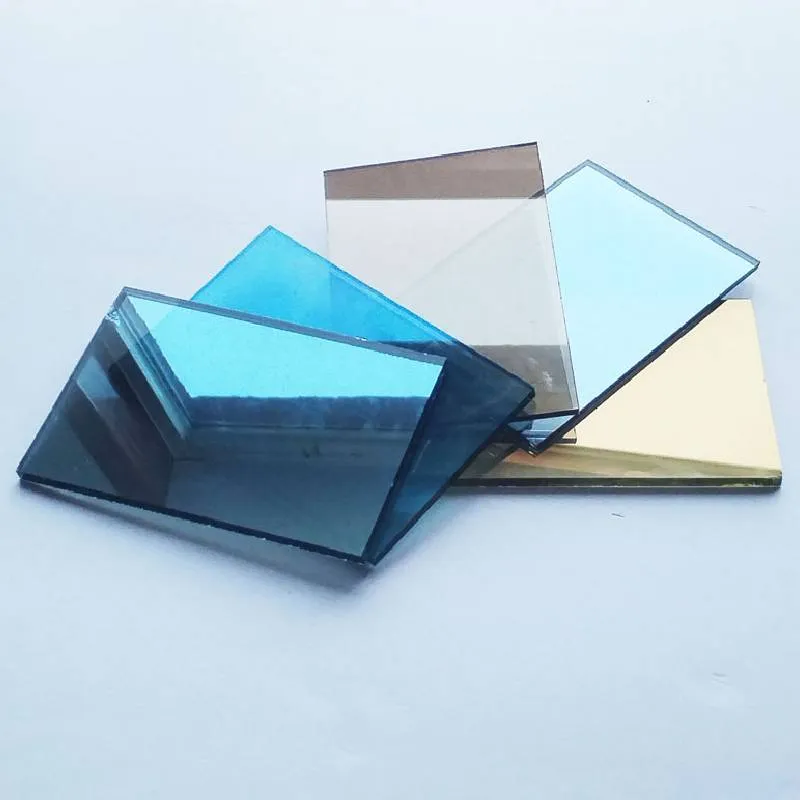What Is a Silver Mirror? Exploring the Science and Applications
A silver mirror, often celebrated for its reflective properties, is a fascinating topic that merges science, chemistry, and art. The term typically refers to a type of mirror that features a thin layer of metallic silver deposited onto a glass surface. This not only enhances the mirror’s functionality but also lends it a unique aesthetic quality.
The process of creating a silver mirror involves a chemical reaction known as silvering. Initially, a clean glass substrate is selected, as cleanliness is crucial to prevent defects in the reflective surface. The traditional method of silvering glass results from the reduction of silver ions in a solution, usually silver nitrate. This process includes several stages
1. Preparation of the Solution A mixture of silver nitrate, ammonia, and other reducing agents, such as glucose or formaldehyde, is prepared. The reduction process converts silver ions into metallic silver, resulting in a colloidal solution.
2. Application of the Solution This solution is carefully applied to the glass surface. The reducing agent facilitates the deposition of silver particles onto the glass, which adheres due to the attractive forces between the silver and the glass.
3. Development of the Mirror As the solution interacts with the glass, the silver particles aggregate, forming a reflective layer. The thickness of this layer can be controlled, which is crucial for achieving desired reflective properties.
4. Final Treatments Once the silver layer is developed, additional protective coatings might be applied to enhance durability and protect against tarnishing, a common issue with exposed silver surfaces.
what is a silver mirror
The result of this intricate process is a beautiful, high-quality mirror with a highly reflective surface. Silver mirrors have been used historically in art and architecture, and they continue to be a preferred choice for various applications today.
One notable reason for the popularity of silver mirrors is their superior reflectivity. Silver is highly effective at reflecting light, which is why it is often used in high-performance optics, such as telescopes and other scientific instruments. The optical performance of a silver mirror surpasses that of aluminum and other materials, making it ideal for applications requiring precise light manipulation.
In addition to scientific use, silver mirrors have aesthetic applications. They are often employed in interior design, not only for functional purposes but also as decorative elements that can enhance the perception of space and light in a room. The reflective quality can make spaces appear larger and brighter, thus they are frequently found in homes, hotels, and other establishments aiming for an elegant atmosphere.
However, despite the advantages of silver mirrors, there are some drawbacks that users should be aware of. The primary concern is the susceptibility of silver to tarnishing when exposed to air and humidity. This tarnishing can diminish the reflective quality and alter the appearance of the mirror over time. To mitigate this, the installation of protective coatings or placing the mirrors in controlled environments can help preserve their quality.
Moreover, care must be taken during cleaning. Using abrasive materials can scratch the surface, and certain chemicals may react negatively with silver, leading to discoloration or damage. Therefore, using gentle cleaning solutions and soft cloths is essential to maintain the integrity of the silver mirror.
In conclusion, silver mirrors are not just simple reflective surfaces; they represent a blend of artistic craftsmanship and scientific ingenuity. Understanding the chemistry behind the silvering process and its applications can enhance appreciation for these everyday objects. Whether utilized in high-precision optical instruments or as stylish decor, silver mirrors continue to reflect beauty and functionality in various aspects of our lives. Whether one is a science enthusiast, an art lover, or simply someone interested in home decor, silver mirrors offer a fascinating glimpse into the intersection of these worlds.
 Afrikaans
Afrikaans  Albanian
Albanian  Amharic
Amharic  Arabic
Arabic  Armenian
Armenian  Azerbaijani
Azerbaijani  Basque
Basque  Belarusian
Belarusian  Bengali
Bengali  Bosnian
Bosnian  Bulgarian
Bulgarian  Catalan
Catalan  Cebuano
Cebuano  Corsican
Corsican  Croatian
Croatian  Czech
Czech  Danish
Danish  Dutch
Dutch  English
English  Esperanto
Esperanto  Estonian
Estonian  Finnish
Finnish  French
French  Frisian
Frisian  Galician
Galician  Georgian
Georgian  German
German  Greek
Greek  Gujarati
Gujarati  Haitian Creole
Haitian Creole  hausa
hausa  hawaiian
hawaiian  Hebrew
Hebrew  Hindi
Hindi  Miao
Miao  Hungarian
Hungarian  Icelandic
Icelandic  igbo
igbo  Indonesian
Indonesian  irish
irish  Italian
Italian  Japanese
Japanese  Javanese
Javanese  Kannada
Kannada  kazakh
kazakh  Khmer
Khmer  Rwandese
Rwandese  Korean
Korean  Kurdish
Kurdish  Kyrgyz
Kyrgyz  Lao
Lao  Latin
Latin  Latvian
Latvian  Lithuanian
Lithuanian  Luxembourgish
Luxembourgish  Macedonian
Macedonian  Malgashi
Malgashi  Malay
Malay  Malayalam
Malayalam  Maltese
Maltese  Maori
Maori  Marathi
Marathi  Mongolian
Mongolian  Myanmar
Myanmar  Nepali
Nepali  Norwegian
Norwegian  Norwegian
Norwegian  Occitan
Occitan  Pashto
Pashto  Persian
Persian  Polish
Polish  Portuguese
Portuguese  Punjabi
Punjabi  Romanian
Romanian  Russian
Russian  Samoan
Samoan  Scottish Gaelic
Scottish Gaelic  Serbian
Serbian  Sesotho
Sesotho  Shona
Shona  Sindhi
Sindhi  Sinhala
Sinhala  Slovak
Slovak  Slovenian
Slovenian  Somali
Somali  Spanish
Spanish  Sundanese
Sundanese  Swahili
Swahili  Swedish
Swedish  Tagalog
Tagalog  Tajik
Tajik  Tamil
Tamil  Tatar
Tatar  Telugu
Telugu  Thai
Thai  Turkish
Turkish  Turkmen
Turkmen  Ukrainian
Ukrainian  Urdu
Urdu  Uighur
Uighur  Uzbek
Uzbek  Vietnamese
Vietnamese  Welsh
Welsh  Bantu
Bantu  Yiddish
Yiddish  Yoruba
Yoruba  Zulu
Zulu 

